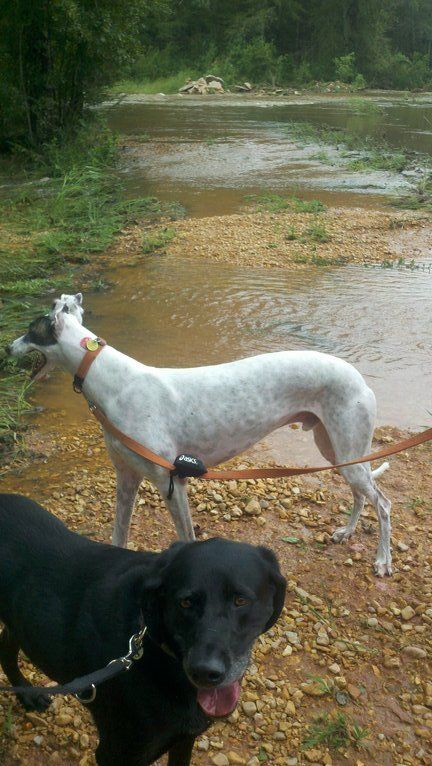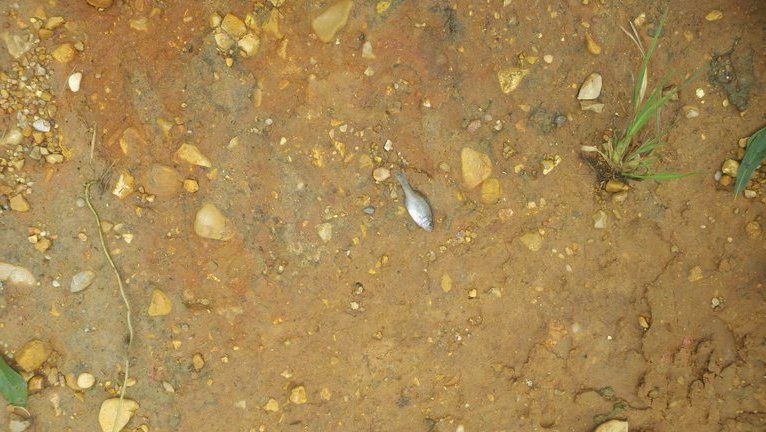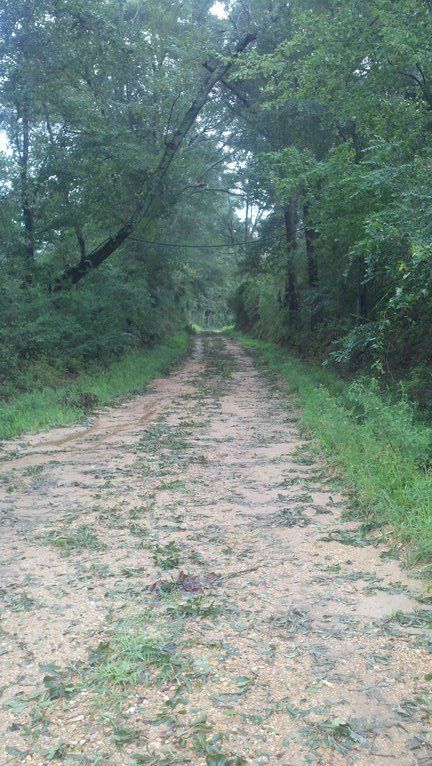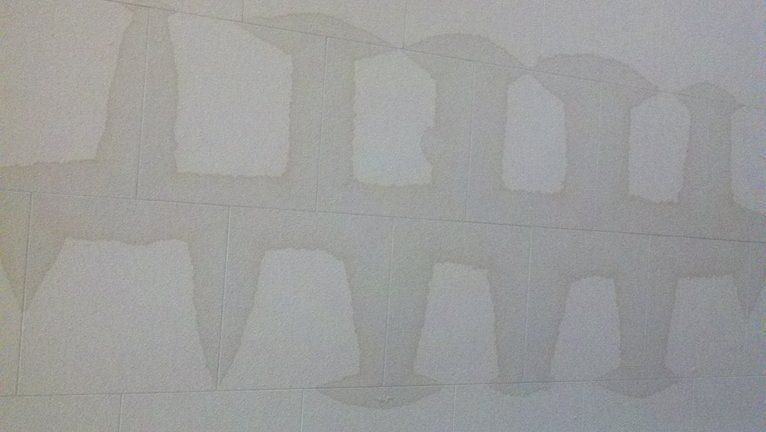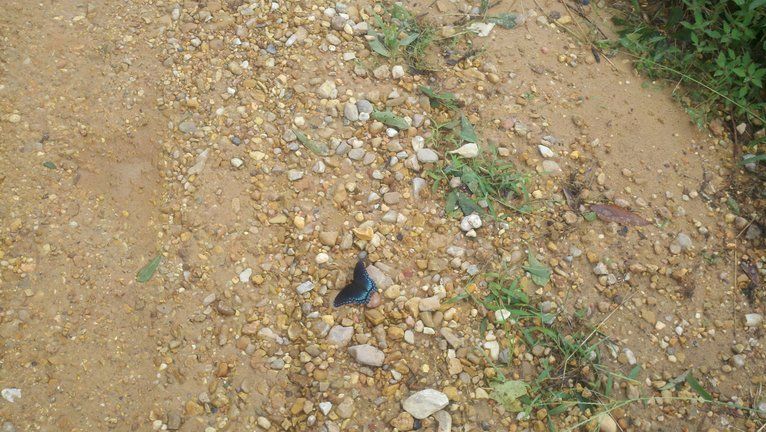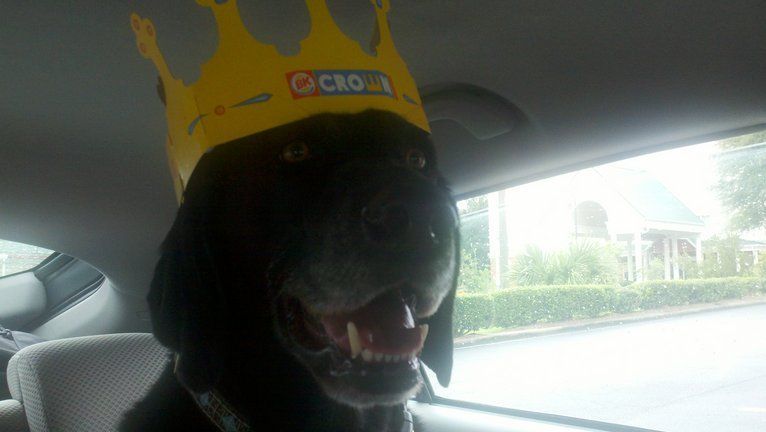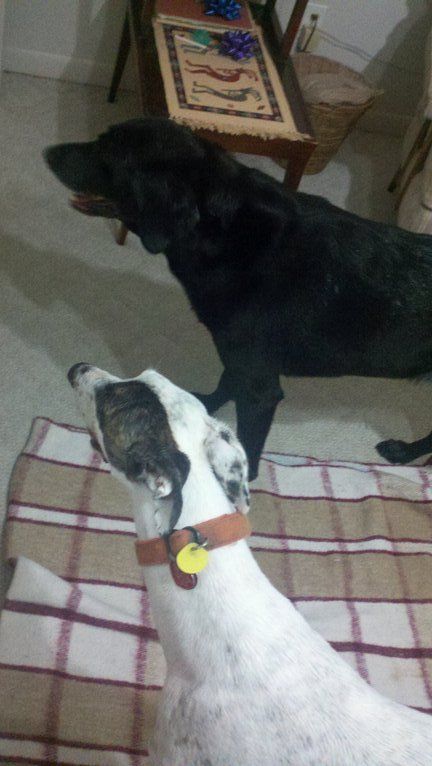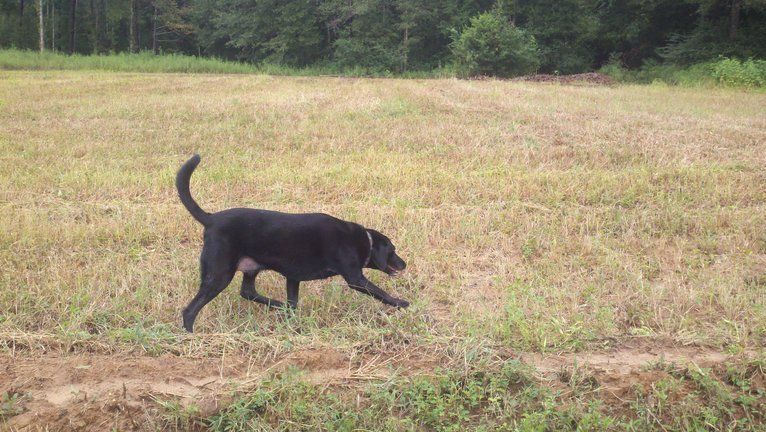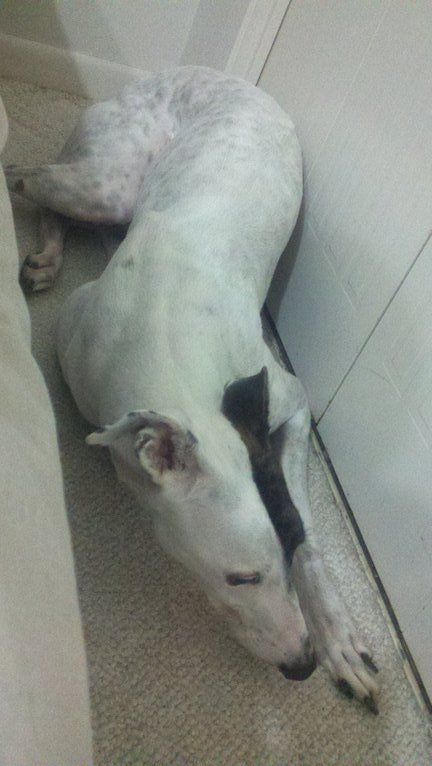This is the tenth food I have reviewed so far. I have a bit of a review backlog now. Ebon has finished two different bags of food and is nearly done with a third. I'll try to space these out, but they will be a bit numerous over the next few days.
 |
| The bag |
California Natural Lamb Meal & Rice Formula Adult Large Bites
Dog Food Advisor Rating:
★★★☆☆ This food is AAFCO approved for all life stages.
Ingredients: Lamb meal, brown rice, rice, sunflower oil, natural flavors, potassium
chloride, ascorbic acid, beta carotene, biotin, calcium carbonate,
calcium iodate, choline chloride, cobalt carbonate, c
obalt proteinate,
copper proteinate, d-calcium pantothenate, dicalcium pantothenate,
dl-methionine,
iron proteinate, manganese proteinate, niacin, potassium
chloride, pyridoxine hydrochloride, riboflavin, thiamine mononitrate,
vitamin A supplement, vitamin B12 supplement, vitamin C supplement
(sodium ascorbate), vitamin D3 supplement, vitamin E supplement (alpha
tocopherol),
zinc proteinate, taurine, rosemary extract
Items in italics will be discussed later.
Bag's recommended daily feeding for a dog 80 lbs: ...I actually forgot to note this down. I'll write the number down the next time I'm at the store and add it in.
Crude Protein: minimum of 21.0%
Crude Fat: minimum of 11.0%
Crude Fiber: maximum of 2%
Moisture: maximum of 10.0%
Calorie content: 430 kcal/cup, 3990 kcal/kg
Calculated amount to maintain Ebon's ideal weight (82.5 lbs): 3.88 cups or 0.42 kg (0.924 lbs)
Price per pound when buying the largest bag (30 lbs at $49.99): $1.6663
Estimated cost of feeding Ebon per year on this food: $561.99 (11.242 of the 30 lb bags)
Ebon receives slightly less than the calculated feeding amount to allow for his daily treats
Ebon's overall health on this food: Good. Poop compact, energy level moderate to high. Coat and skin condition suffered
 |
| The kibble |
I didn't make note of the start and end dates for this trial, but Ebon was on this food for about sixteen days. The kibble is a good size and smells somewhat like roasted chicken. A nice thing to see in this food: chelated
minerals.
Chelated minerals are believed to be more easily absorbed and used by
the body than non-chelated minerals. This is the first food of those that I have reviewed that did not include probiotics. Probiotics/microorganisms
help maintain good gut flora to provide for better digestion, so the fact that they can be found in so many foods is a good thing. However, this is not one of those foods.
Overall, I have mixed feelings about this food. In general, Ebon did pretty good. His stool was nice and firm, which seems appropriate considering the comparatively small list of easily-digested ingredients in the food: little more than lamb, rice, and oil. Basically all of the California Natural products are like this, which I think is a good thing. If nothing else, it could be a great option for people whose pets have touchy stomachs.
My biggest issue with this food is actually a bit ironic. The bag itself
says "Natural Solutions for Skin & Coat" but Ebon's coat and skin suffered while on the food. His coat became less shiny and his skin became incredibly dry. He does have a bit of a tendency to have dandruff, but it has never been anywhere near as bad as it got. He started itching so badly that I wondered if he had fleas! But no. I check him and found no flea dirt, only ubiquitous, large flakes of skin. I've been fighting that dry skin ever since. Due to the itching and chewing he started developing hot, red patches on his skin, and my attempts to remedy the situation intensified. I did not want him to develop bald spots. I bathed him thoroughly with an oatmeal shampoo and I conditioned his coat, which I never thought I would ever do. I worked at his coat with a hound glove to get rid of the flakes and to work the conditioner into his skin. He started getting lots of lipids in his diet, everything from olive oil and fish oil to bacon fat and meat trimmings. I also got a hydrocortisone spray, which I used once daily on the hot skin to try and get him to spot itching (he didn't like this part very much). Luckily, he's been getting better every day and is nearly back to normal.
This was actually the food that accompanied Ebon and I on our trip to Mississippi, during which time we were hit by hurricane Isaac. The skin symptoms that I saw appeared about the time we left and progressively worsened over the next week or two. Is it possible that he was exposed to something in Mississippi? Yes. I am definitely not ruling that possibility out. However, the fact that his dandruff was worsening slightly before we left makes me suspect that it had something to do with the food, even though the very large flakes didn't appear until a few days after we got back.. If anything, he may have been exposed to something that only made the problem worse.
My biggest suspicion about what property of the food may have lead to his dry skin is the fat content. So far, this is the lowest fat food of all the ones I have reviewed. In addition, it's very low in Omega-3 and Omega-6 fatty acids, and is significantly lower in Vitamin A than some of the foods he's done best on. All of these are good for the skin. In the future, I am going to try and stick to foods with fat contents of 15% or more, as the foods in that category have yet to cause him major problems.






























